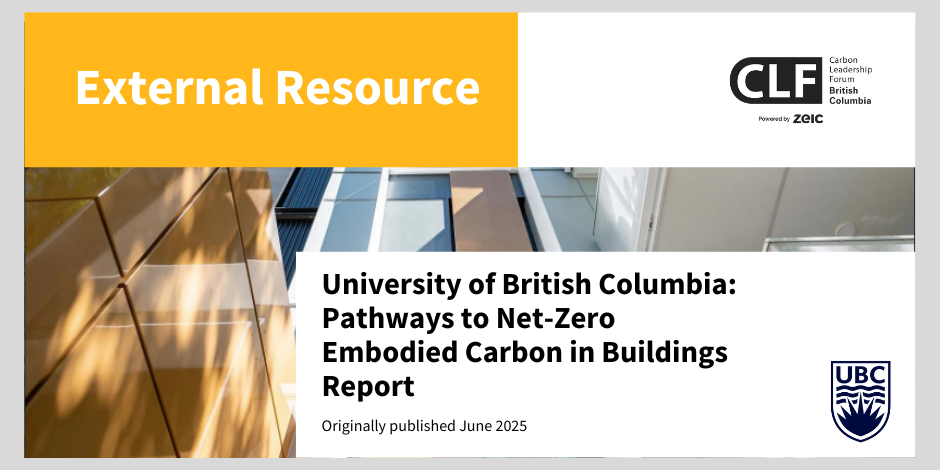
Newsletters: 2023 Issues
November 22, 2023
The City of Vancouver’s Embodied Carbon Guidelines
November 29, 2023
Exploring Circular Strategies to Extend the Life of Existing Commercial Buildings
Retrofit Versus Demolition and New Construction
Jun 2023
This is a resource published by the CSA Group.
The building sector contributes significantly to greenhouse gas (GHG) emissions. Reducing GHG emissions (also referred to as carbon emissions) from this sector is critical for Canada to achieve its climate targets. In recent years, many real estate and asset management organizations have been setting near- and net-zero carbon ambitions. However, many will be challenged to meet these targets without significant decarbonization of their existing buildings.
For many commercial buildings, there will need to be a decision between demolishing and rebuilding them, versus performing deep carbon retrofits. However, there is a lack of research comparing the full whole-life impact of these two options. Most assessments only focus on achieving energy efficiency and making links to potential operational carbon reductions.
Whole-life carbon emission assessments, on the other hand, consider both the operational and embodied carbon emissions of building projects. Embodied carbon emissions include emissions resulting from the manufacturing, transportation, installation, maintenance, and disposal of building materials.
This study aims to inform the commercial real estate (CRE) sector about the whole-life carbon impacts of extending building life – a key circular economy practice. Building on a more extensive review of the opportunities to apply circular strategies to commercial office buildings, this study also examines gaps in the research, data access and standardization, guidelines, standards, and tools that could help inform decisions about whether to demolish and rebuild, or retrofit, new commercial office buildings.






